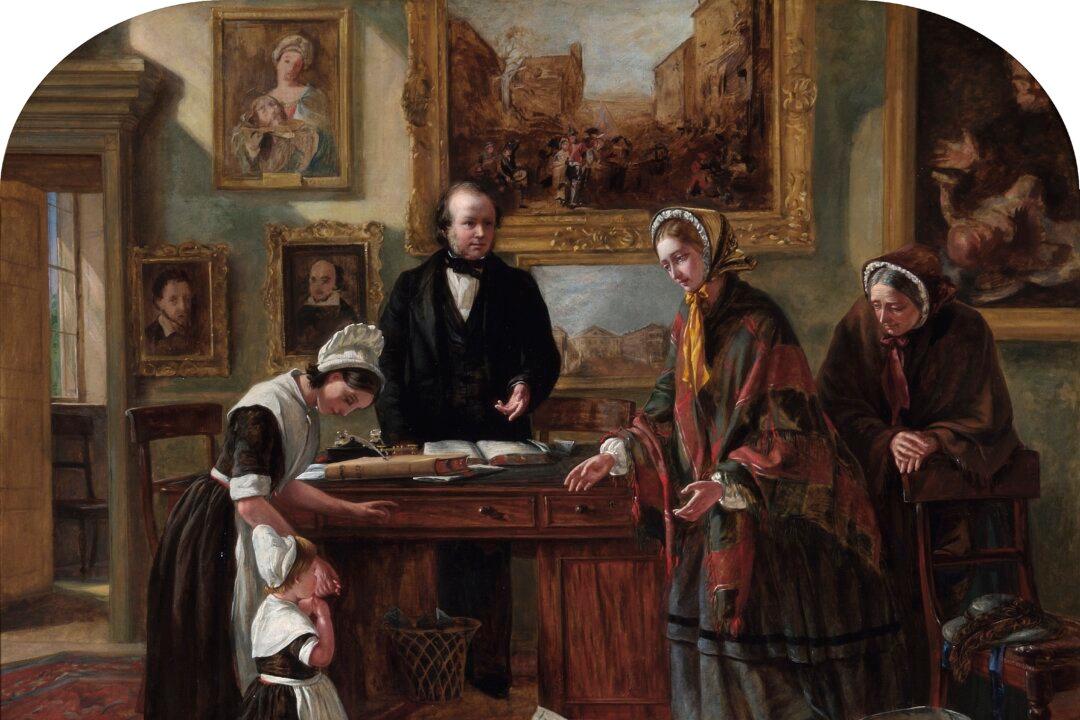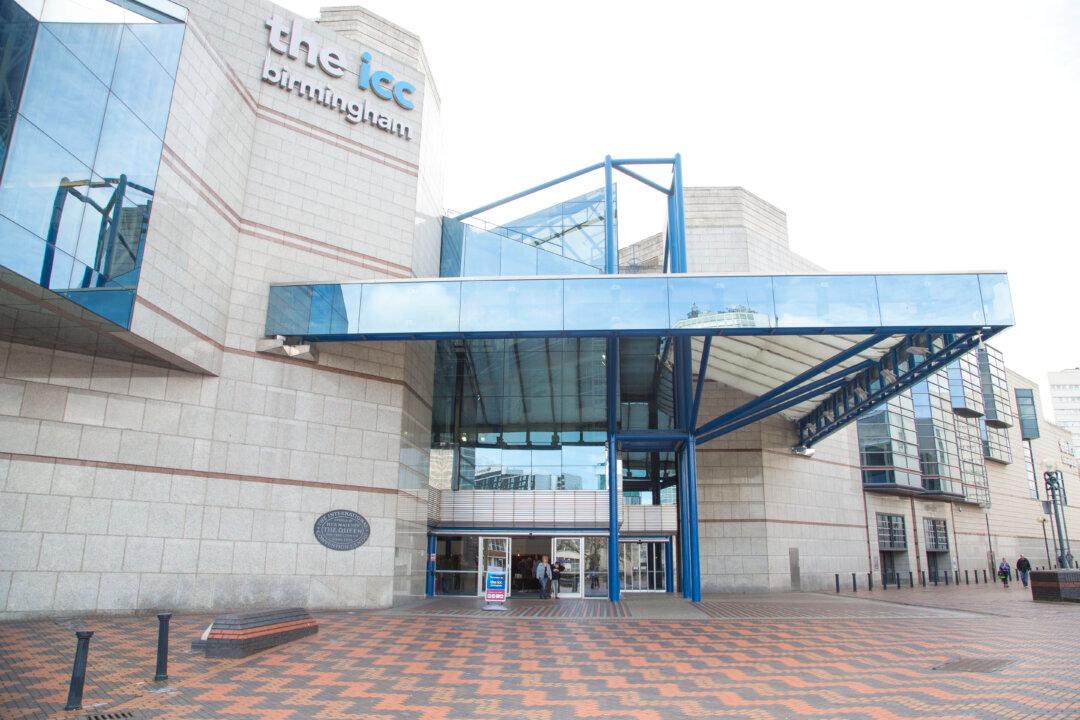An art exhibition showing the plight of Victorian women who had children out of wedlock has opened in London. Called The Fallen Woman, it is being held at the Foundling Museum which is built on the site of the Foundling Hospital, a charity set up in 1739 originally to care for abandoned babies.
On show are more than 30 works, including paintings, engravings and, most poignantly, original written records that tell the stories of women who were applying to the Foundling Hospital to look after their babies. The latter give a glimpse of the reality of the so-called fallen woman.
In one document from 1857, Susannah Jane Keys, a milliner, explains how she was raped by a visitor to the family home and became pregnant. Her father, in a supporting letter to the Foundling Hospital, talks of his and his wife’s ‘continual cup of bitterness’ since hearing of their daughter’s predicament. Keys’ baby was accepted by the hospital. Many others were not.
Britain in the 19th century was fast becoming an urban, industrial economy. An affluent and increasingly powerful middle class was on the rise and it championed hard work, thrift, self-help, and moral respectability. The Victorians valued virtue, particularly in women.
The lives of Victorian middle class women revolved around being a dutiful daughter, wife, and mother and this ideal is best illustrated in the exhibition by George Smith’s “Evenings at Home”, a detailed and realistic oil painting showing a middle class family at home. The mother is centre-stage surrounded by her seven demure, happy children.
In sharp contrast is a painting by Richard Redgrave called “The Outcast” which depicts a very different family. Here an angry father is throwing out his daughter and her illegitimate baby into the cold, snowy night. Despite the distress and pleas of his other four children, the man is unmoved. There is no forgiveness for this woman who has fallen from respectability.






